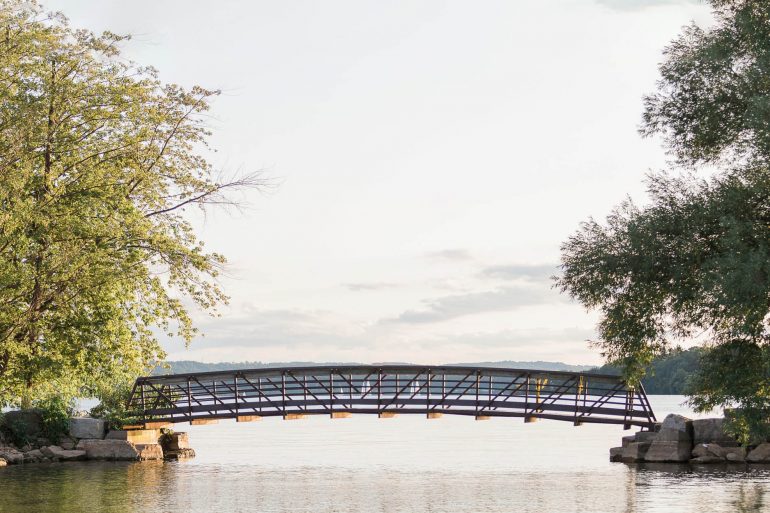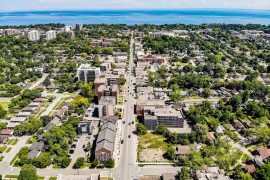The name ‘La Salle’ can be found attached to everything from schools to entire cities. It probably conjures up an image of a “great explorer” but let’s dig a little deeper and uncover some of the risks in naming things after historical figures.
René-Robert Cavelier Sieur De La Salle was born in 1643 into a well-to-do merchant family in Rouen, France. Described by his Jesuit teachers as both talented and unquiet, he studied with them for several years before leaving the order, creating a rift between him and that powerful sect and an early showing of his talent for making enemies.
Having few resources but many connections to New France, he made his way to the island of Montreal in 1667 where he obtained a seigneury from the Suplician Order of the Catholic Church. After a couple of years, he sold most of it back to the order, who had given it to him for nothing, netting a sum to fund his ambition of exploring the New World. He set out to find the Ohio River and what he thought would be a lucrative trading route to China, based on the prevalent hazy grasp of world geography.
La Salle’s quest for the Ohio aligned with the missionary program of Suplician Dollier de Casson with whom he joined forces. That order, having assessed La Salle’s changeability, supplied one of their own, Bréhant de Galinée, as cartographer – although Galinée rated himself barely adequate for the task. Joining La Salle’s party was a Dutch interpreter, with little grasp of French, and so of little utility. Lacking a guide and with minimal experience in the woods, and as La Salle was an indifferent navigator, it is amazing that they got anywhere at all.
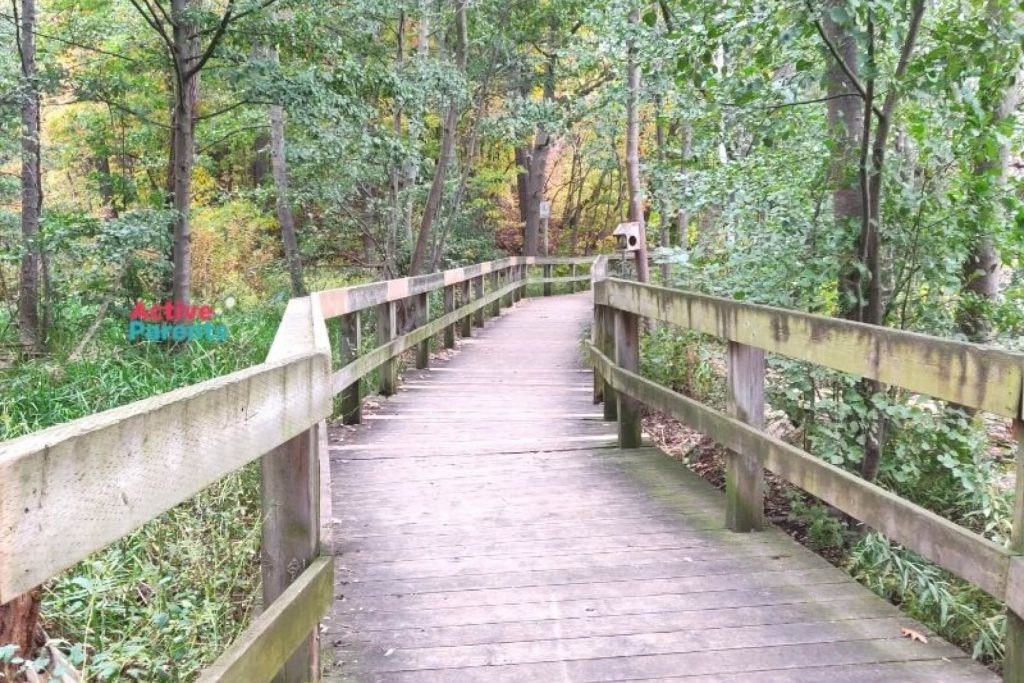
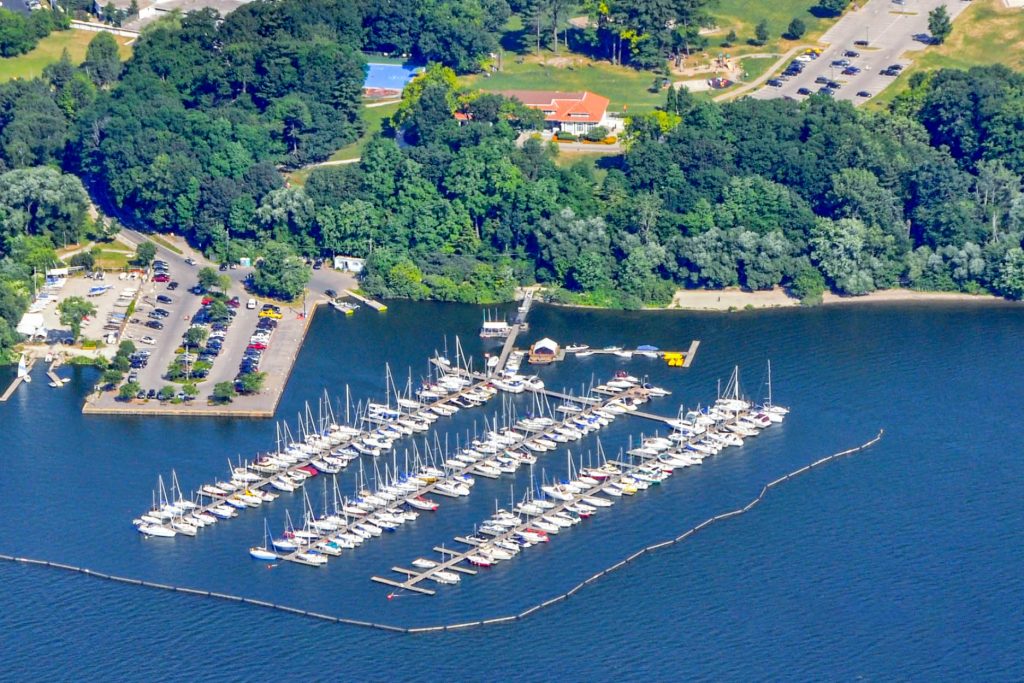
They left Montreal in early July and had many challenges, yet by some wonder managed to reach Lake Ontario by August 10. One can reasonably assume that they had local Indigenous aid and guidance along the way. After some delays related to the Seneca having understandable misgivings about allowing the French access to the territories of their rivals, the party reached Burlington Bay in September 1669. Here La Salle came down with a fever which Galinée attributed to him being startled by three rattlesnakes he saw while climbing a rock. Not long after, La Salle informed the Suplicians that he was too ill to continue and would return to Montreal, except he didn’t return until at least ten months later.
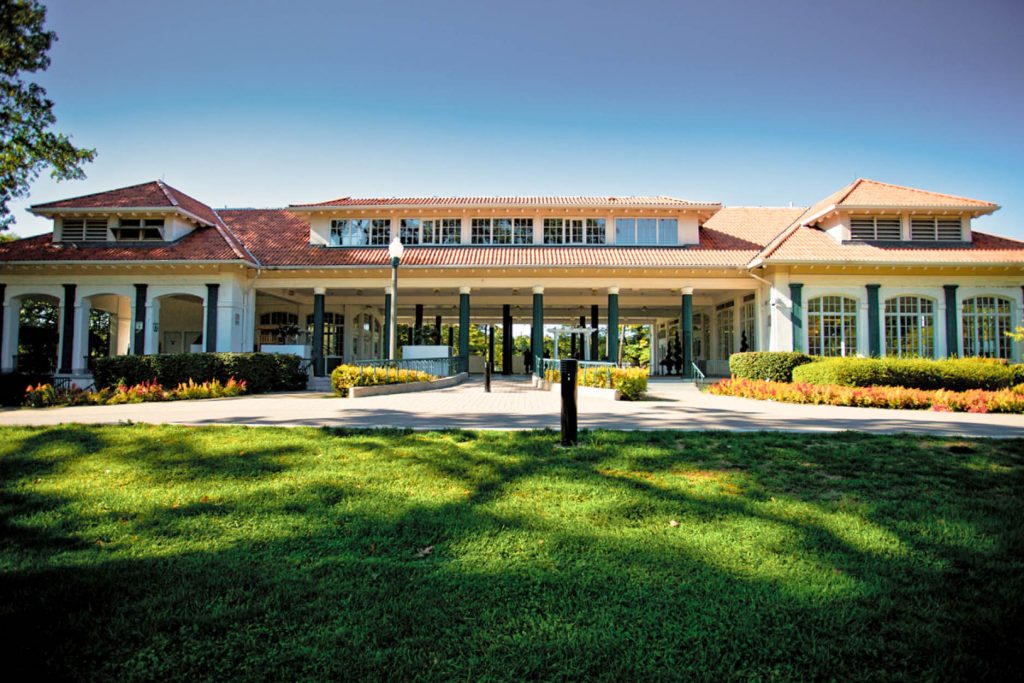
It’s during this gap that La Salle’s biggest supporters claim he discovered the Ohio and Mississippi Rivers. Leaving aside the fact that these rivers were very well known to Indigenous Peoples and therefore didn’t need discovery, there’s no real evidence to support that he found either river between the fall of 1669 and the summer 1671 as has been claimed.
This is just the beginning of the stories of La Salle’s exploits, which ended in a series of tragedies and his eventual murder at the hands of his own men. Whatever his debatable accomplishments and skills as an explorer, it is indisputable that he had great perseverance and determination. It’s also clear that he was impulsive, erratic and often careless with the lives of his followers.
So why are so many places named after him? Essentially, his travels became the subject matter for popular histories, which were really adventure novels. The first was released in 1683 by Father Louis Hennepin, a missionary who had accompanied La Salle in person. Even more influential were the late 19th century writings of Francis Parkman. The elevation of La Salle to legendary status, and the 254th anniversary of the man himself possibly being in the neighbourhood, was likely the impetus for local politicians deciding to change the name of Wabasso to La Salle Park in 1923.
Leased by the City of Burlington today, visitors can enjoy the picturesque 1917 dancing pavilion, stately swans, hiking trails, and a kiddie splash pad. It’s definitely worth a visit even if there’s a lesser state of adventure than there was in 1669, as these days there’s no sign of rattlesnakes.



